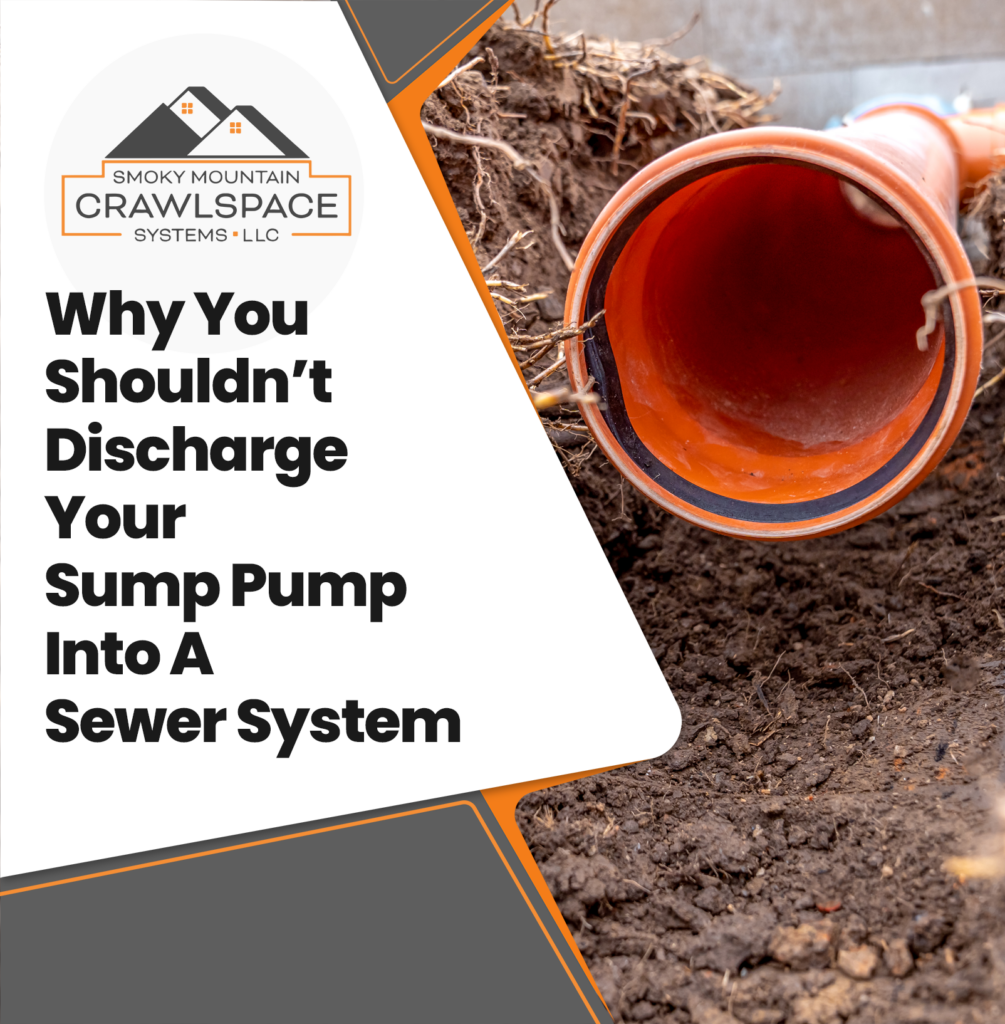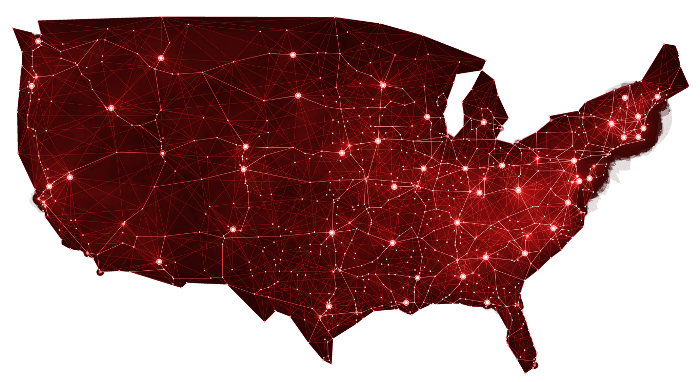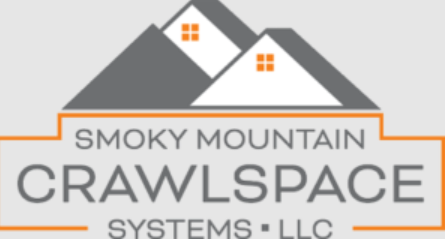 Sometimes it may seem like there is a thin line between choosing the simplest answer and taking a shortcut when it comes to plumbing. The procedure for sump pump elimination is one that comes to our mind as a professional waterproofing company. Some homeowners just attach their sump pump to a neighboring drain without giving it any further attention, thinking they have just come up with a novel “hack.”
Sometimes it may seem like there is a thin line between choosing the simplest answer and taking a shortcut when it comes to plumbing. The procedure for sump pump elimination is one that comes to our mind as a professional waterproofing company. Some homeowners just attach their sump pump to a neighboring drain without giving it any further attention, thinking they have just come up with a novel “hack.”
We will explain below why this DIY move can bring you more trouble than you began with as a homeowner looking to increase your quality of life.
Sump Pumps and Sewage Systems Don’t Mix
A sump pump should never be discharged into the city’s sanitary sewage system. This is despite the fact that it may appear like a simpler and more appealing alternative than having to connect a discharge tube from the sump pump to the outside. Doing so is prohibited in most communities when a house is linked to municipal sewage.
Cities forbid this because it might overflow sewage treatment plants during significant storms. Either sewage can back up into people’s houses, or the sewage water may only become partially cleansed before being thrown into nearby streams and rivers when this occurs.
The fact that municipal water departments charge homeowners for their sewer consumption depending on their water usage is another reason why sump pumps shouldn’t discharge to the sanitary sewer. The city lacks the infrastructure to monitor and charge for sump pump discharges into the sanitary sewage system. It’s similar to cutting off power before the meter when a homeowner dumps their sump pump into the sanitary sewer; everyone else must pay for that service.
Essentially, sending the water from your sump pump into the sanitary system is not a good idea, no matter how easy and harmless it appears. This approach could not only be against the law in some areas, but it can also overburden the sewage system and result in other problems.
Some Quick Bulleted Points To Avoid This Practice
- It could be illegal. You would need to check the local regulations, but there’s a significant possibility that attaching a sump pump to the sewage pipe is strictly prohibited. In certain places, unlawfully connecting your sump pump to the sanitary sewage might result in a fine.
- Clogging up the sewage system. Sump pumps can carry more water during a severe downpour than the municipal sewage infrastructure and water treatment plant are built to manage. Wastewater may back up into your sewage line or even into your home if the sewer main becomes overloaded. Health risks and a huge mess might arise from this.
- Effect on the environment. The ecosystem suffers when overburdened water treatment plants discharge sewage or partially cleansed water into local water outlets.
- Issues with property sales. If your sump pump is improperly connected and you’re trying to sell your house, a home inspection may notice this.
- Erroneous water bills. Your water use, or essentially how much water comes out of the tap, is how a majority of towns or water authorities calculate your water bills. However, your fresh water supply and sewage system maintenance are often covered by your monthly water bill. You are therefore utilizing a service that you are not paying for, which some people would consider theft if your sump pump is linked to the sanitary sewer.
Sump Pumps into the Sanitary Sewer Cause Big Issues
The sanitary sewer pipe in the roadway typically has a diameter of only 8 inches, and the pipe slope is frequently not particularly steep. Many 8-inch sewage pipes have a 0.4% slope when they are built. This indicates that the pipe descends less than 5 inches for every 100 feet of pipe. The wastewater collecting systems frequently have this low slope characteristic. As you can expect, this pipe can only accommodate a certain amount of sewage flow.
300 gallons of water may pass through this size of sewage pipe in one minute! Sewage will surcharge and begin filling up sewer lateral pipes that lead from homes to the sewer main if any additional sewage attempts to pass through the pipe in the street. This additional sewage or water will surcharge even more when it is transferred to the sewer system and finally push back into someone’s basement. The neighbor’s basement toilet or washing machine drain, for instance, might be where the sewage is coming from. The outcome can be a revolting mess!
For clarity, a half-horsepower sump pump can pump around 60 gallons to the sewer every minute if it is connected to a house’s sewage lateral. This implies that the sewer will quickly become full if five pumps are attached to it. Additionally, ordinary sewage frequently fills the sewer main more than halfway. The flow that is trying to pass through the sewage main may be more than its capacity of 300 gallons per minute if two or three neighbors in a block illegally link their sump pumps to their sewer laterals. You can imagine how the aftermath might look based on our previous descriptions.
Simply put, sump pumps must discharge to the yard or storm sewer and not the sanitary sewer, which is crucial.
How To Properly Discharge A Sump Pump
There are two suitable ways to help a sump pump eliminate properly. The discharge pipe can drain onto your property at a distance of at least 10 feet from the house. While using this strategy, be sure the earth slopes away from the foundation and the pipe is kept free of obstructions like animals or debris.
The second choice is to attach the sump pump to a storm drain instead of the sanitary sewage system, which is a separate system altogether. Although it often requires an expert installation to ensure it will not fail, this technique completely drains the water away from your house.
How Smoky Mountain Crawlspace Systems Can Help
Please get in touch with Smoky Mountain Crawlspace Systems to learn more about the proper installation and care of your sump pump machine. Give us a call today at (865) 299-2315 to schedule a free evaluation of your home’s current drainage systems to determine what help your home may need. We can determine the best course of action to take to increase the quality of life in and around your home.

